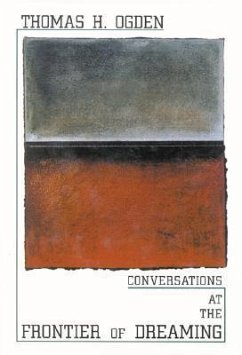Nicht lieferbar

Psychotherapy
The Analytic Approach
Versandkostenfrei!
Nicht lieferbar
The growth of mental health professionals in recent years has been matched with a proliferation of psychotherapeutic approaches. Even within psychoanalytic psychotherapy there are many schools of thought. This landmark book represents the position of mainstream psychoanalytic thinking and practice on psychotherapy. The contributors are all classically trained analysts and members of the American Psychoanalytic Association. They base their work on the concepts of modern structural theory with its emphasis on the central role of unconscious intrapsychic conflict. This book offers a comprehensive...
The growth of mental health professionals in recent years has been matched with a proliferation of psychotherapeutic approaches. Even within psychoanalytic psychotherapy there are many schools of thought. This landmark book represents the position of mainstream psychoanalytic thinking and practice on psychotherapy. The contributors are all classically trained analysts and members of the American Psychoanalytic Association. They base their work on the concepts of modern structural theory with its emphasis on the central role of unconscious intrapsychic conflict. This book offers a comprehensive description and application of these principles to the process of psychotherapy. Its goal is to function as a guide to psychoanalytic psychotherapy, differentiating the process from both psychoanalysis and other forms of psychotherapy. The book offers a consistent psychoanalytic approach from the introductory general principles of psychotherapy through the assessment and selection of suitable patients; the establishment of the psychotherapy setting; the role of transference, countertransference, and extratransference interpretation; the nature of interpretation and the tactics of its use; the role of dreams and acting out; and its application to those forms of psychopathology most commonly encountered in the practice of adult outpatient psychotherapy. It also includes chapters on psychosomatic disorders, the use of medication in conjunction with psychotherapy, and the therapist's gender in relation to the patient. The scope and depth of the book serve the needs not only of beginning psychotherapists but also of those who are experienced clinicians.




